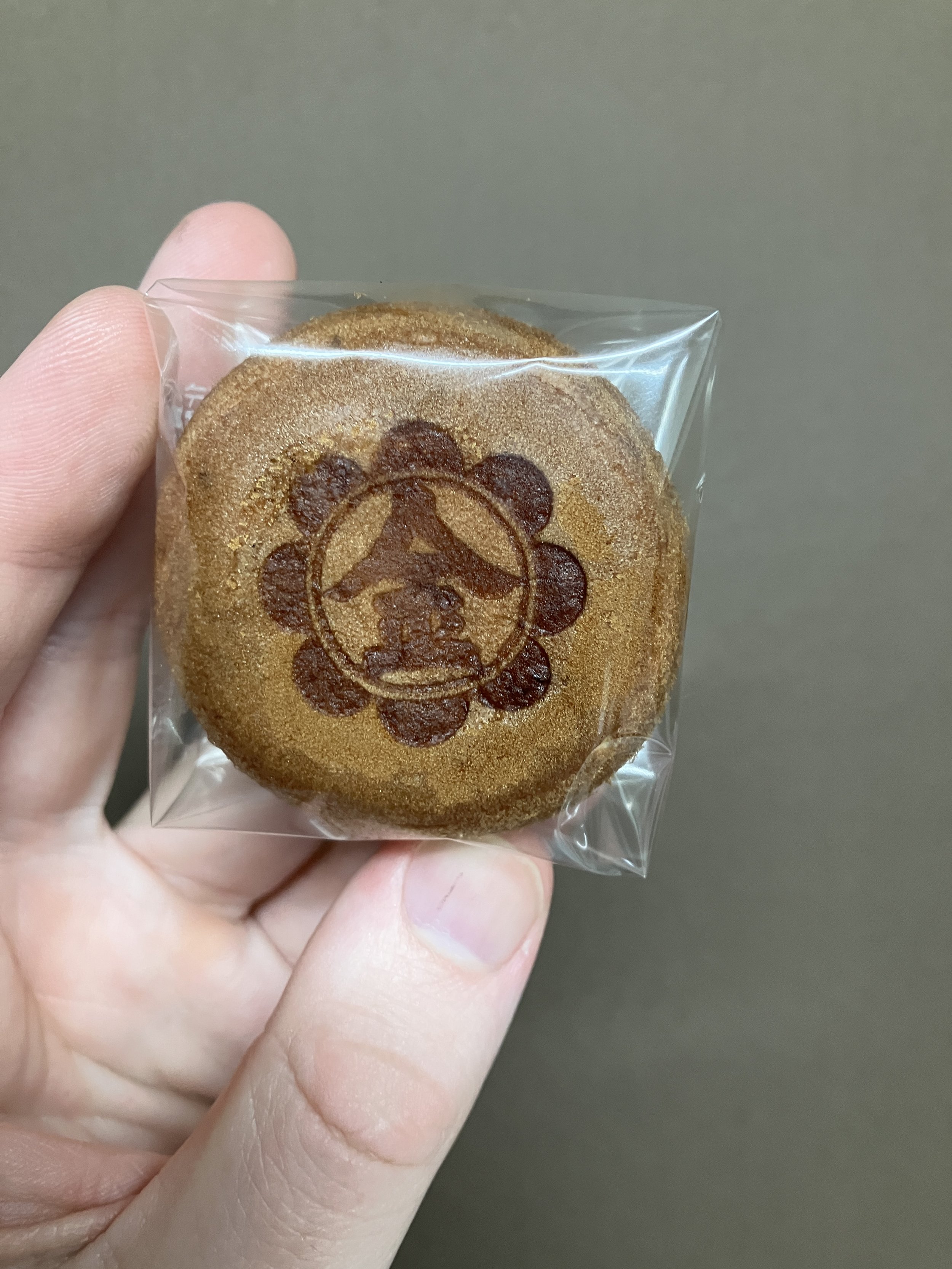Hello October!
Are you ready for this winter to come?
I've come to like winter as I age.. how about you?
In class, I almost always get some English questions.
These questions are from fundamental ones to unexpecting ones!
I learn something new every day thanks to our exquisite and studious students!
One day, I got an interesting question from one of our students.
B : Well, you ______________ visit the museum on Mondays. It's closed then.
(Interchange1 fifth edition p.142 )
What do you think?
「ん?? can't じゃないの?」と思われたかもしれません。
答えは "can't "なのです。
が、そこでMさん、「ではなぜ shouldn't ではいけないんですか?」とお尋ねになりました。
Mさん「日本語でも〇〇は定休日だから行かない方がいいよって言うじゃないですか」
Tさん、Cさん「うんうん」
「ほほぉ~!」と思った私は皆さんが納得のいく説明をしようとしましたが、簡単ではありませんでした。
can →能力や可能性を表す
should →提案するときによく使われる※日本語では「~するべきだ」という意味になりますが、実際は「~したほうがいいんじゃないかな」という軽い提案で使われます
私の説明が合っているか不安だったので、Nickに聞いてみました。
すると、visitは「その建物で経験などをするという意味も含む」ということを再度教えてくれました。
Nick : 「建物の外に行くだけであれば、「 go to 」などの言葉を使っても良いけれど、建物の中に入って(この場合は博物館)展示品を見たりするときは visit の方が良いんだよね。その場合は shouldn'tにしてしまうと文章の意味が変わってしまうんだ」
「なるほどね~。今までなんとなーくで使っていた表現も意味がちゃんとあるんだ(当然)」と再認識できたと同時にもっと英語を勉強しなければと思った1日でした。
<おまけ>
Nちゃんが私の絵を描いてくれました(嬉涙)
実物より何倍もかわいく描いてくれて見せてくれた時には「かわいい~!!うれしい!!」が止まりませんでした!
It is such an honor to teach such cute students!!












